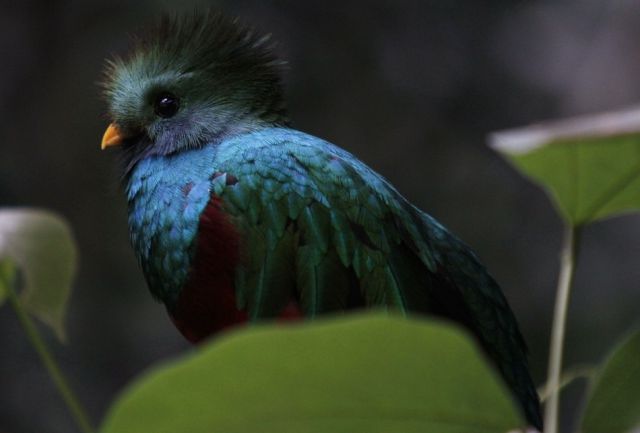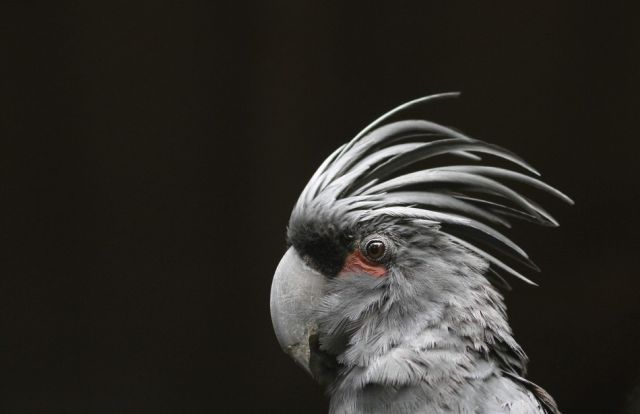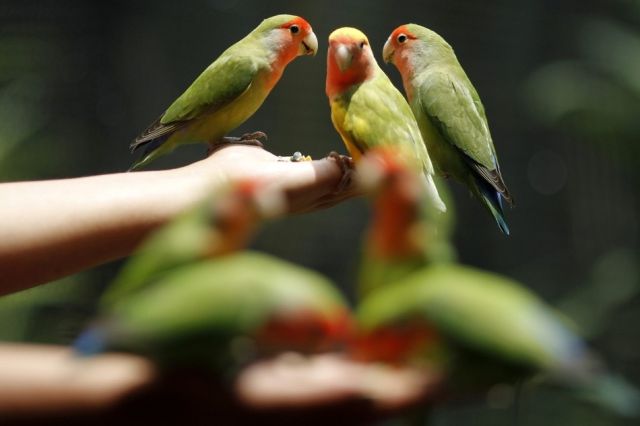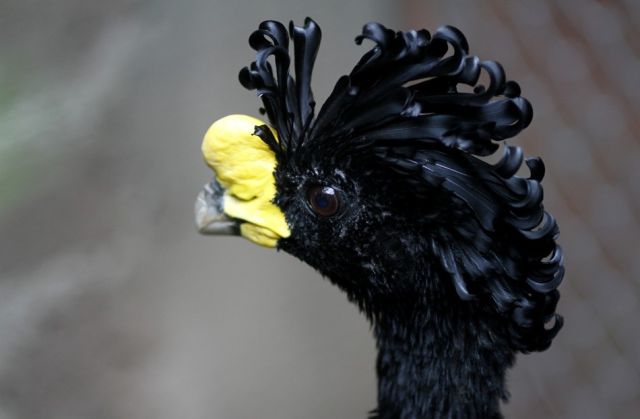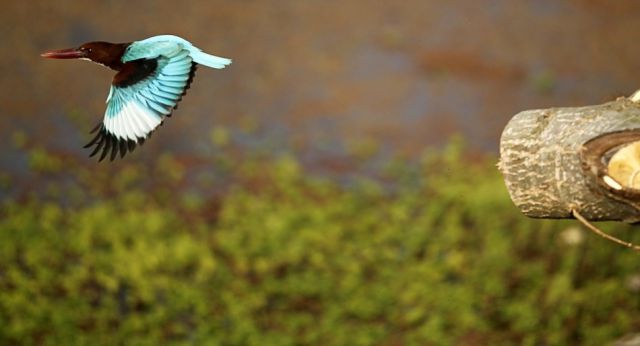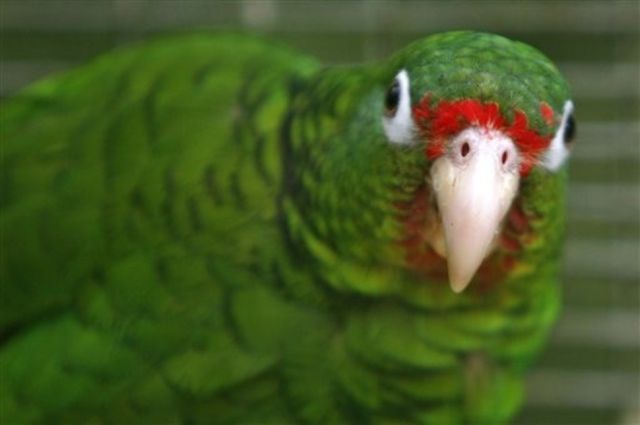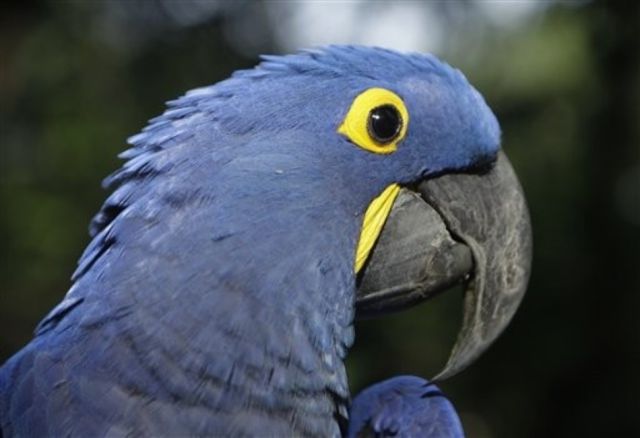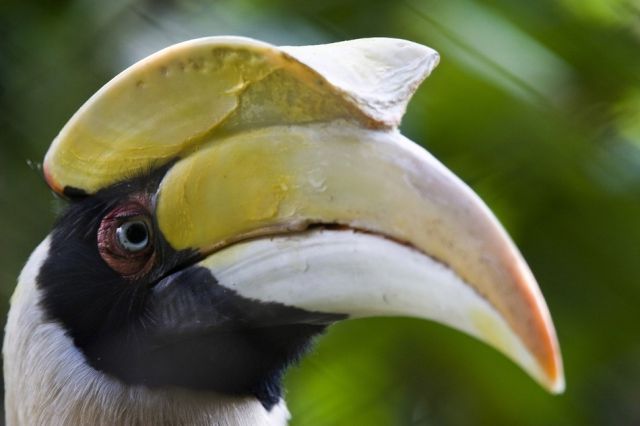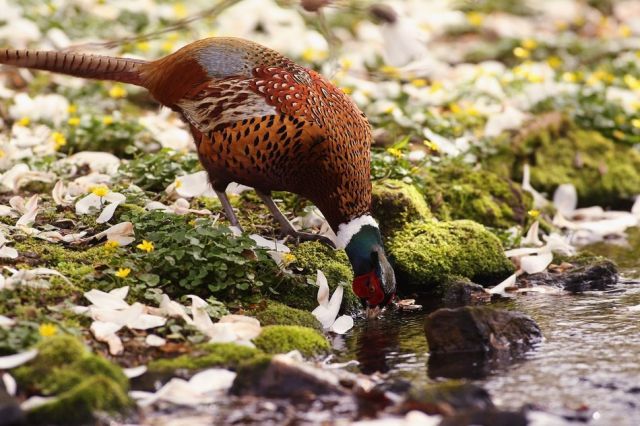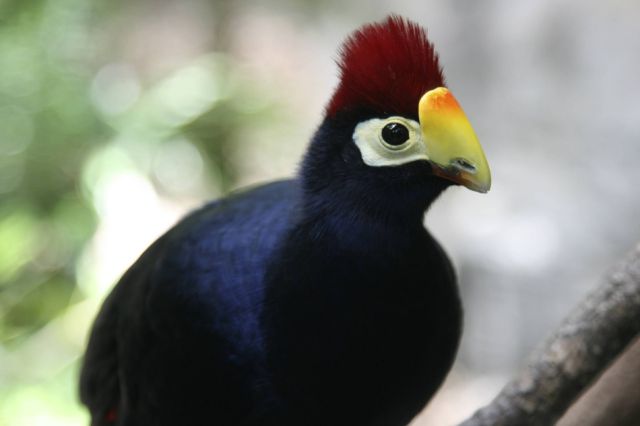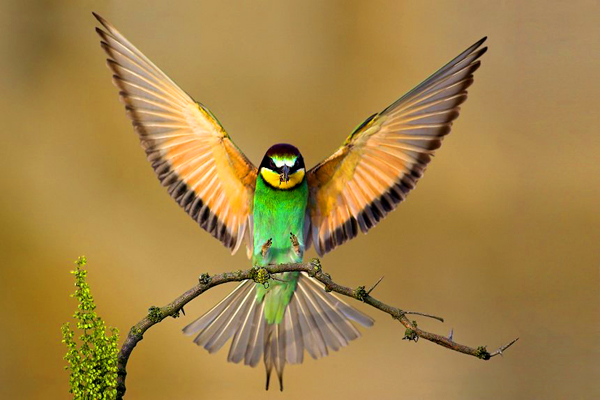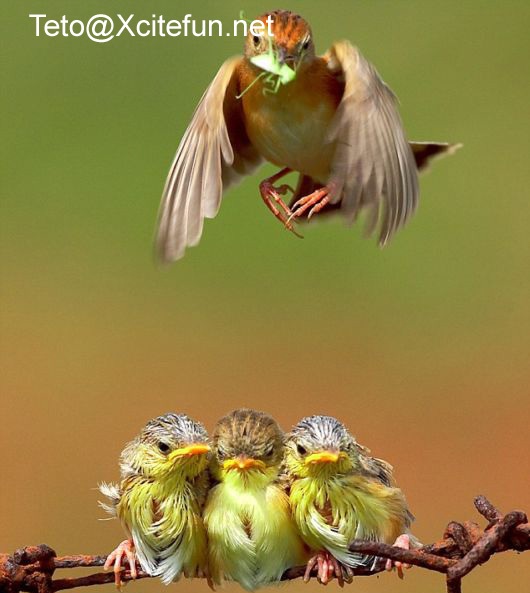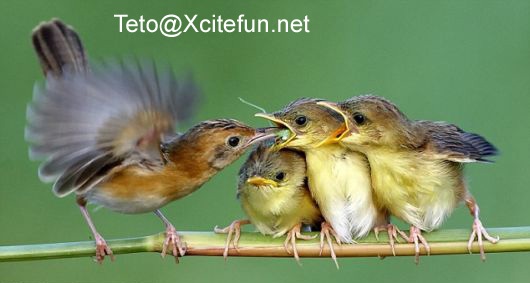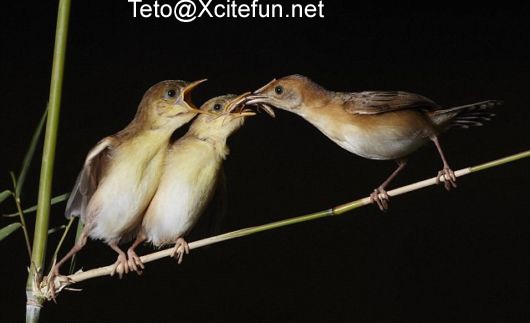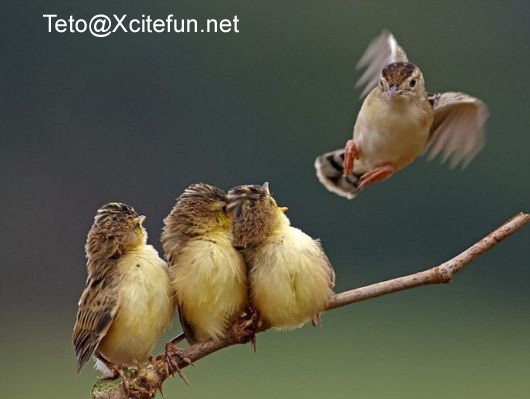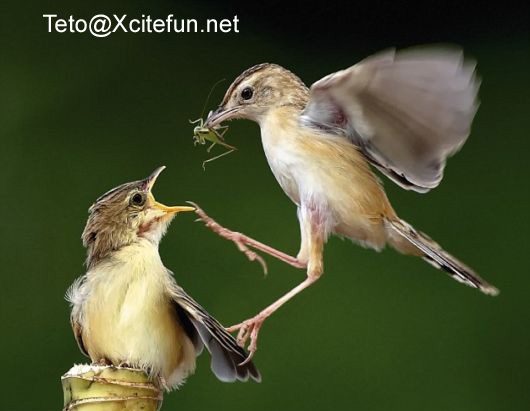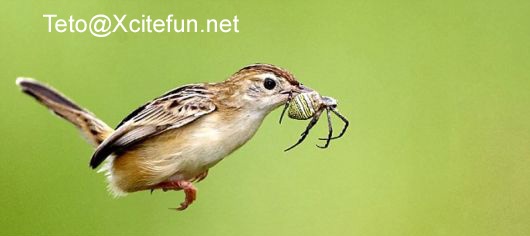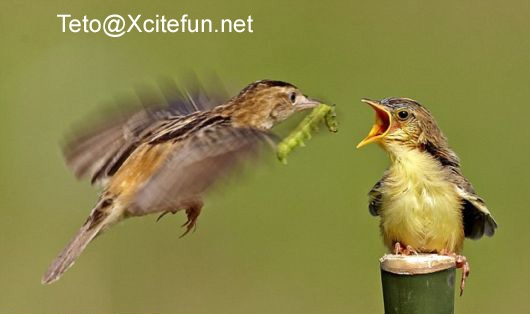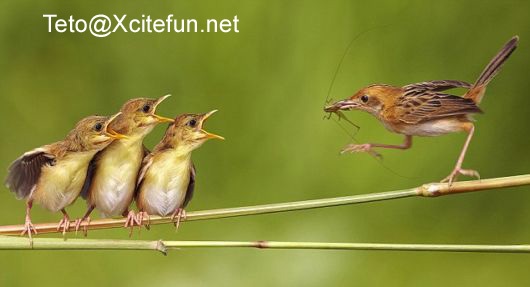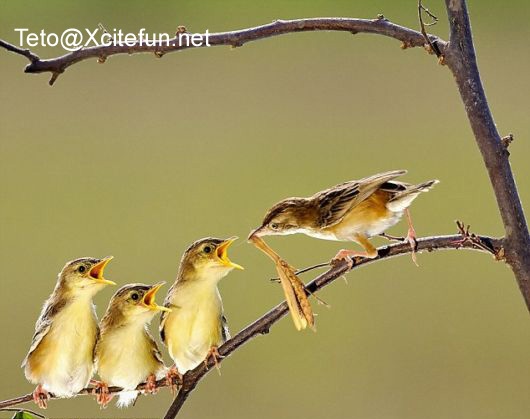Medicine may be in the form of a medicated seed, powder, liquid, ointment, drops or injection. How the medicine is given and in what form depends on such factors as its type and palatability, the condition and temperament of the bird, and the owner’s temperament. Administering medication in the feed is inefficient but is easier for chose owners who do not wish to handle the bird.Administering Medicated Seed
medicine is given and in what form depends on such factors as its type and palatability, the condition and temperament of the bird, and the owner’s temperament. Administering medication in the feed is inefficient but is easier for chose owners who do not wish to handle the bird.Administering Medicated Seed
- Medicated seeds are available commercially. The success of medicated seeds depends on the condition of the bird. Seriously injured or sick birds usually do no teat or eat very little. Also, this type of medicine is only suitable for grain-eating birds, such as budgerigars, canaries and cockatoos.
Powders and Liquids in the Feed
- This is not a good method, because the amount of medication taken by the laird is in proportion to the amount of food consumed, which. Are usually determinedly the medication’s palatability and the nature of the bird’s injury or illness? In effect, the bird may be overdosed or under dosed.
- The powder can be made to stick to the seed lay coating the seed with vegetable oil before adding the medicated powder.
- If the medicine is in liquid form, the seed can he soaked in the liquid overnight so that it is well impregnated before feeding the bird.
Powders and Liquids in the Drinking Water
- The bird may be overdosed or under dosed according to the amount of water consumed. When using this method, make sure the bird is drinking the medicated water. The palatability of the water can be improved by adding glucose or honey.
Liquids by Eye Dropper of Syringe
- This form of administration requires you to be able to catch and restrain the bird.
- Hold the bird from behind, with the head between your thumb and index finger and the palm of your hand and remaining fingers enclosing the body, wings and legs.
- Turn your hand over so that the bird’s head is tilted slightly backwards. This position will allow liquid from the eye dropper to run towards the back of the throat rather than towards the open mouth (beak).
- Hold the eye dropper or syringe in the other hand, and move the tip of it towards the bird’s beak; the bird will automatically open the mouth to bite the tip.
- Quickly dribble the liquid, a drop at a time, into the mouth. If the bird does not swallow, tilt the head back little more and dribble more liquid into the mouth. If you tilt the bird back too far and administer the liquid too quickly, the medicine may flow into the windpipe, causing the bird to splutter.
Crop Feeding
- This is an efficient, professional method of administering liquid medication using a plastic tube oar metal crop needle attached to a syringe. Crop feeding should be left to your veterinarian or trained personnel, who have the required special knowledge and skill.
Administration by Injection
- This is a route often taken by veterinarians. Injecting medication is quick, efficient and convenient and should be left to your veterinarian or trained personnel.
Administering Drops and Ointments
- Eye drops. With the bird’s head held between your thumb and index finger, tilt the head tithe side so that the eye you are treating is uppermost. Holding the bottle of eye drops in your other hand, put one drop directly onto the eyeball. Keep the bird’s head tilted to the side for 20 seconds to prevent the eye drops rolling out and being wasted.
- Eye ointment. Many eye ointments are manufactured to be solid at room temperature and to melt at body temperature. In applying these ointments, use the same technique as for administering eye drops. Avoid using excess ointment to prevent contaminating the feathers around the eye, which may lead to excessive preening and self-mutilation.
